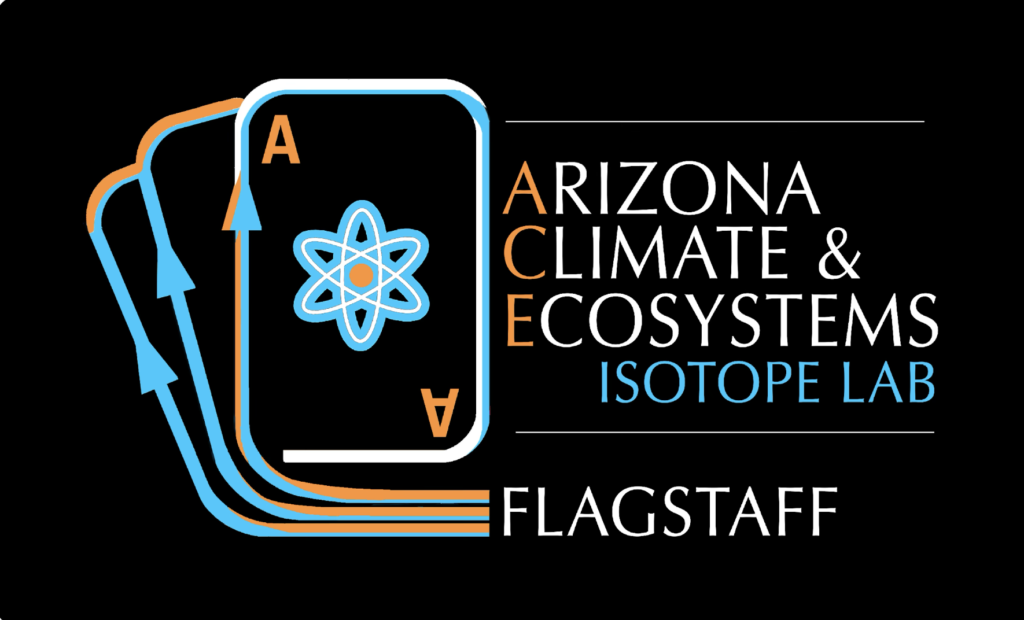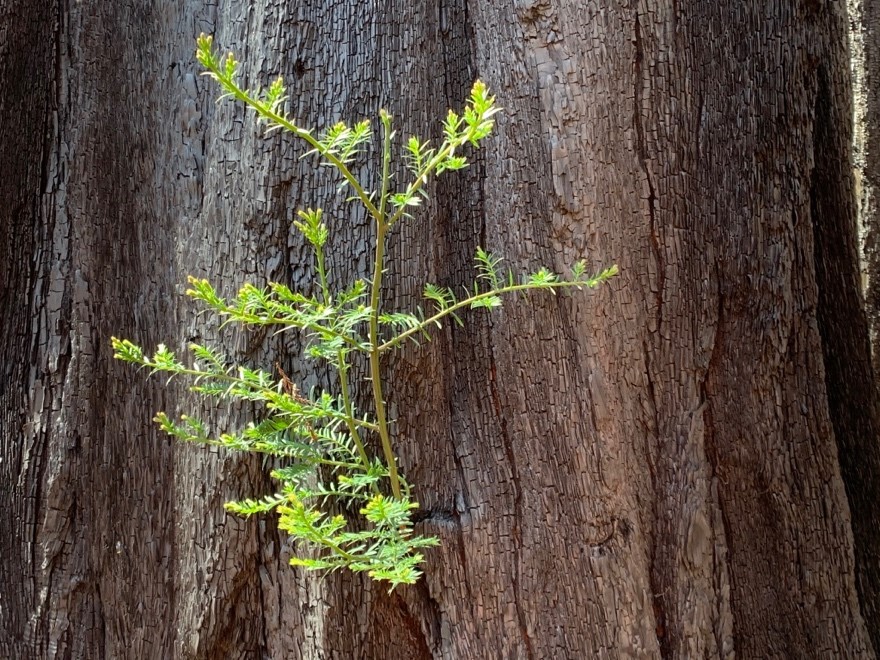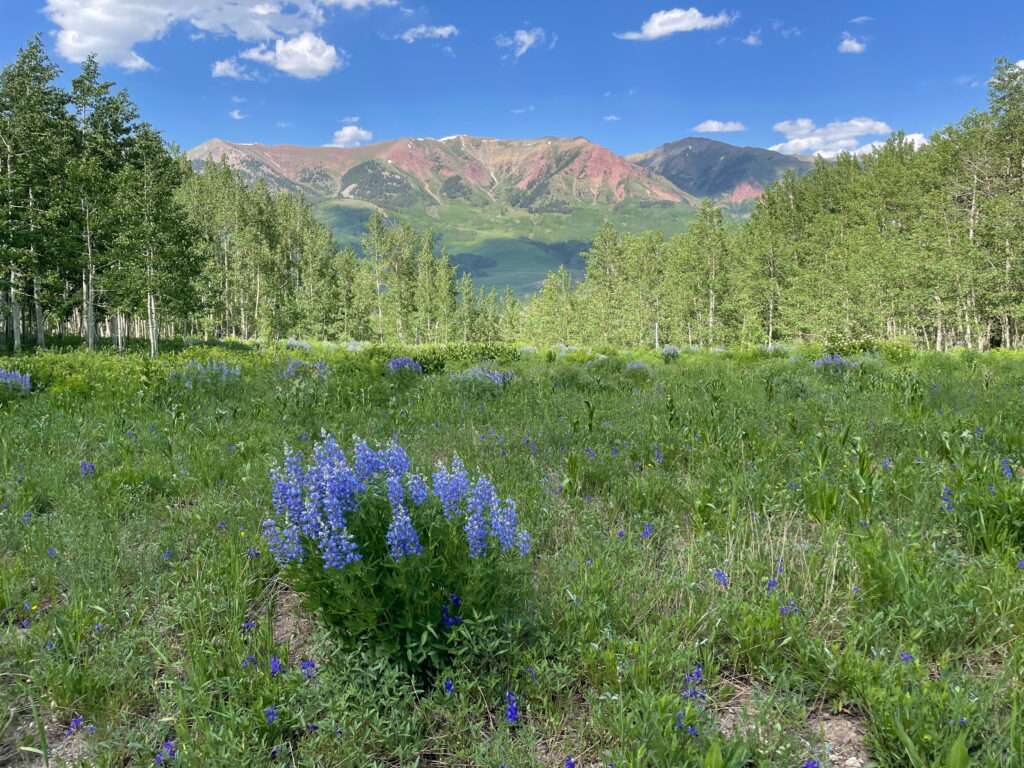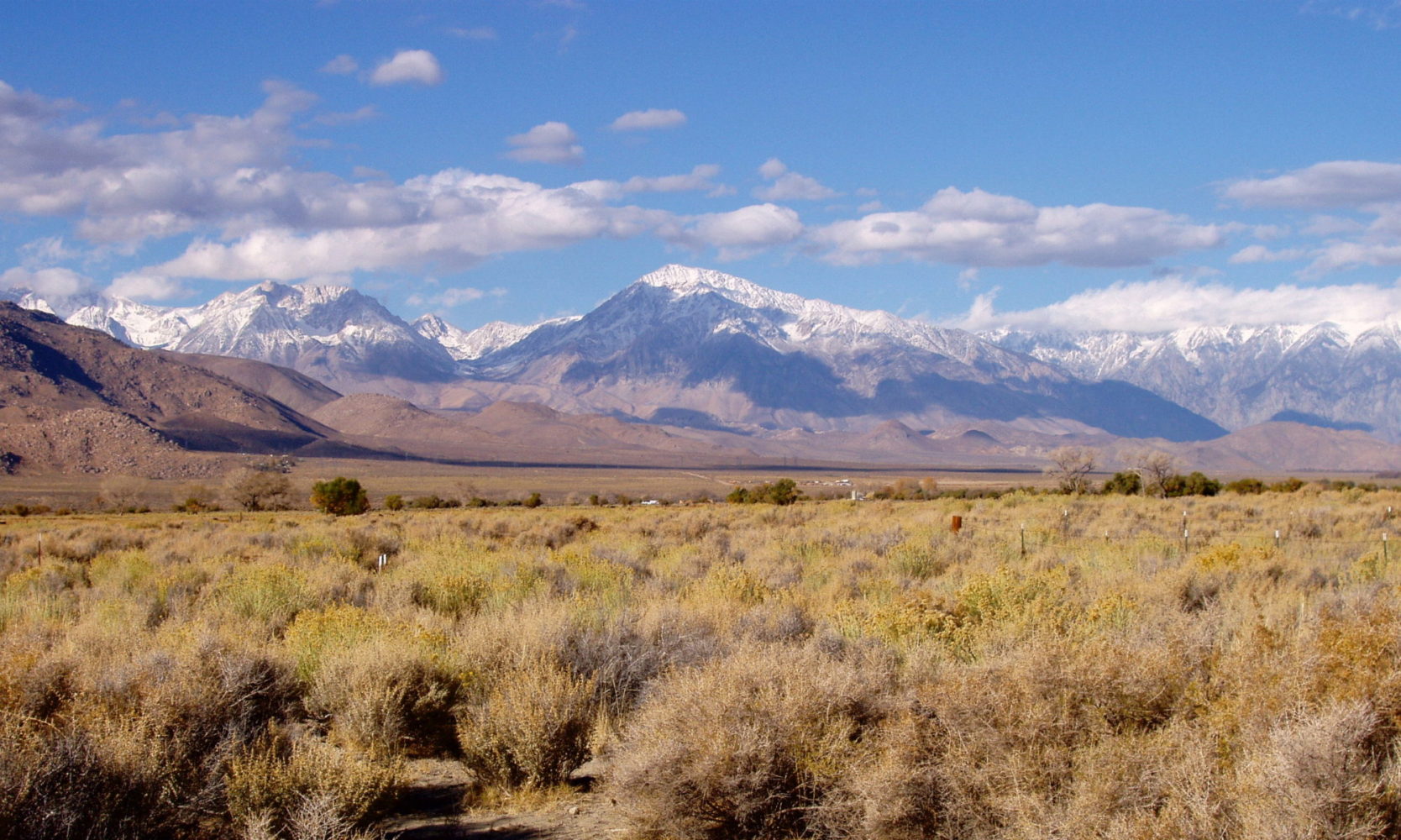We are interested in the response of terrestrial ecosystems to environmental change, and their role in the Earth’s climate system. This is important because as atmospheric CO2 concentrations increase, and temperature and precipitation patterns are altered across much of Earth, we lack the ability to predict if terrestrial ecosystems will be a source or sink of C to the atmosphere. Our research focuses on C cycling in plants and soils, with expertise in the application of isotopes as tracers of processes.
Our overarching research question is: what is the fate of C in terrestrial ecosystems? This topic spans temporal scales such as whether newly assimilated C is quickly returned to the atmosphere by plant metabolism or sequestered as soil organic matter for centuries to millennia. This topic also covers spatial scales from the study of microbial processes to plant C allocation to landscape-scale climatic controls on ecosystem function.
We like working in mountainous or dry ecosystems. We combine field measurements, laboratory work, and computational analyses of large continuous datasets. Currently, there are three major themes in our research: plant C allocation, linking water and C, and belowground C cycling.
Radiocarbon
A methodological tool that is used in most of our research is the application of stable and radioactive isotopic tracers, especially radiocarbon (14C) measured by accelerator mass spectrometry (AMS). Radiocarbon is a powerful tool to study terrestrial C cycling on timescales of hours to millennia. It can be used to determine the age of C, the mean residence time or turnover of C pools, and it can also be used as a source tracer.

We use natural abundance, bomb spike, and tracer levels of 14C in our research. We measure 14C with our new state-of-the-art AMS in the Arizona Climate and Ecosystems (ACE) Isotope Lab at NAU.
Plant carbon allocation
Carbon enters terrestrial ecosystems through one well-understood pathway, photosynthesis. Once within the plant, C may be allocated to above- and below-ground structures, and to growth, metabolism, protection, or storage. However, very little is known as to how plants allocate C, and consequently model representations of these processes are simplistic.
We investigate the fate of newly assimilated C in different ecosystems to understand how new C is allocated to plant metabolism. We also study the availability, distribution, and ecological role of nonstructural C (sugars, starch, and lipids) pools in mature trees.

Ongoing work is quantifying the age of C stored within and used by, the oldest trees on Earth, from which tree rings records have been used to determine past solar activity, paleoclimate, and radiocarbon dating.
Here is short film about our Coast Redwood work.
Linking water and carbon
Understanding interactions between C and water cycling is increasingly important as precipitation and temperature patterns change, and C cycling is limited by water across ~40% of the Earth’s surface. We have had various projects that that range from semiarid, subalpine, to tropical forest ecosystems. These studies address basic questions of how C and water cycles (including cloud shading and water inputs, snow, and rainfall) are fundamentally linked, and the implications for the fate of terrestrial C in the future.

Ongoing work on this topic is focused on more than 15 years of measurements at the Rocky Mountain Biological Laboratory and Snodgrass Mountain in subalpine forests near Crested Butte, Colorado.
We also are part of the Southwestern Mountains Climate Resilience Center which integrates scientific tools and knowledge with education and partnerships to enhance climate resilience in rural and Indigenous communities across the Southwest. Ongoing research is taking place at Ft. Valley Experimental Forest near Flagstaff in restored ponderosa pine forests managed with fire and thinning.
Belowground carbon cycling
The majority of terrestrial C is belowground in soils and plant roots. We study both the loss and storage of belowground C. The loss of C to the atmosphere is called the soil CO2 flux. Current models do not adequately represent the mechanisms causing variation in the soil CO2 flux primarily because of methodological difficulties associated with measuring the soil CO2 flux at high temporal frequencies, and separately attributing flux variations to different biotic (plants and microbes) and abiotic processes. Our research addresses these primary experimental challenges by combining high-time resolution flux measurements and 14C source partitioning techniques, and are a big component of our subalpine work in Colorado.
We also study decadal changes in soil C storage with 14C measurements and bomb spike modeling approaches that enable quantifying soil C pool residence times and mass changes over longer timescales. Ongoing work is taking place at Hubbard Brook Experimental Forest in the White Mountains of New Hampshire.
